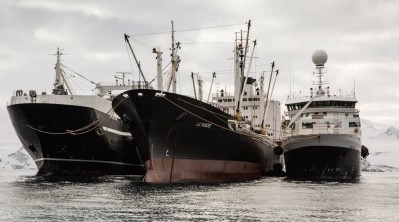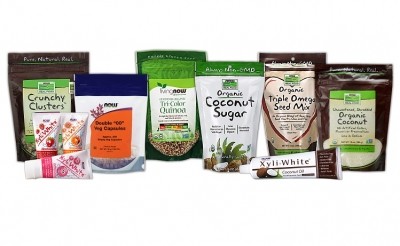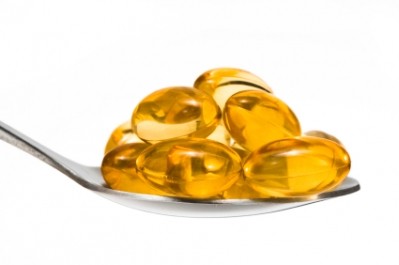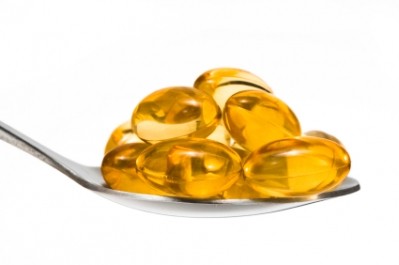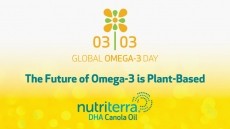Variability in Peru fishery, PR hit for krill continue to tinge omega-3s sustainability picture
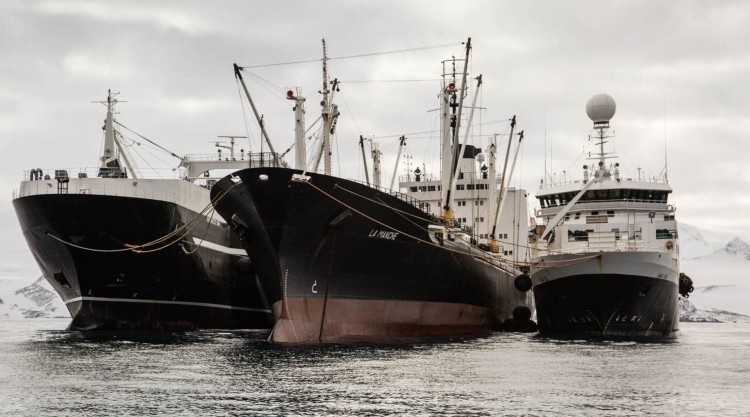
Among marine raw material sources for omega-3s supplements, the anchovy fishery off Peru and Chile continues to be far the most important. It still supplies more than 70% of the world’s servings of omega-3s and is overall the most abundant fishery on the globe. The second most abundant fishery by volume is Alaskan pollock, also an important and growing source of raw material (more on pollock later).
Questions about the baseline
As an overarching issue, environmentalists and some NGOs continue to be concerned about the baseline assumptions made when setting fishing quotas. The penalty for getting this wrong can be severe. The cod fishery on the Georges Bank off New England is the poster child for what can happen when the science follows, and bends to, fishing pressure. The cod quota for the area was revised upward this season to about 1,500 metric tons, a sign that the fishery may be ever so slowly recovering from its catastrophic and seemingly irreversible collapse. But before the fishery was closed entirely for more than a decade in 1995, landings were in the 40,000 metric ton range, and at one time when many nations fished there (by law it has been a US-only fishery since the mid 70s) more than 2 million tons were landed annually.
Anchovies are short lived filter feeders that find an ideal habit off the western coast of South America, where the cold, upwelling Humboldt Current brings abundant nutrients to the surface. Those nutrients give rise to a host of unicellular organisms that synthesize the omega-3 fatty acids EPA and DHA. The anchovies concentrate the omega-3s in their oily flesh. They reproduce readily, are plentiful, easy to catch and easy to process, making for a source of omega-3s whose cost effectiveness simply can’t be rivaled.
The fishery is actively managed by an arm of the Peruvian government known as IMARPE. In general, observers laud IMARPE’s management, though some call for more transparency. The fishery is not certified by leading fisheries nonprofit the Marine Stewardship Council, however, nor is it in assessment, according the group’s website.
The harvest for the anchovy season (there are two every year) that ended in late January was around 700,000 metric tons, according Undercurrent News, a fishing industry news website. That catch was reportedly only about 46% of the quota that had been set, which itself was lower that had been originally forecast. The same website reported on June 11 is that the season that is currently in progress is much better, with more than 92% of the quota already landed.
Despite these fluctuations, Ellen Schutt, executive director of the Global Organization of EPA and DHA Omega-3s (GOED) said the organization’s membership so far is not overly concerned. Properly stored, fish oil can hold for many months, allowing most refiners to insulate themselves from dips in supply.
“The Peruvian fishery has been stable and is well managed,” Schutt said.
Natural variability
Variability has always been part of the fishing cycle in the anchovy fishery and other fisheries. In addition to purely seasonal fluctuations, the Peruvian fishery is subject to two longer term changes. El Niño events cause the water in the eastern Pacific to warm for months at a time in an unpredictable three-to-seven year cycle. The anchovy schools tend to disperse when this happens, sending them out of the fishing zones.
In addition, anchovy abundance seems to be tied to an even longer cycle oceanographic phenomenon, the Pacific Decadal Oscillation. The notorious 1950s crash in anchovy stocks is now thought to possibly have been partly caused by this phenomenon and not by overfishing alone. Warmer overall water conditions less favorable to anchovies prevailed again from the mid 1970s until the mid 1990s. It’s an imprecise science based partly on reconstructed past events gleaned from tree ring data and others sources. But scientists thing that PDO cycles are about 20 to 30 years long, meaning another long-term shift could be in the offing.
Fluctuations have always characterized the harvest of marine resources. It’s only the relatively inflexible and sometimes rapidly expanding demand of modern markets that put them into such stark relief. Fisheries writer Paul Greenberg, in his book Four Fish, put it this way: “[T]here are, in effect, two systems running side by side: the human-focused, need-driven system whose demand remains constant; and the diverse, disparate natural marine system that varies from year to year as a result of a plethora of uncontrollable variables.”
Fish oil from an MSC certified source
Despite the high productivity of the anchovies as an omega-3s source, companies have sought out competing sources that can make as good, or better, claims to sustainability. One company based in Coshocton, OH, Wiley’s Finest, the finished products arm of Organic Technologies, has developed a ‘made in USA’ fish oil source from the parts of Alaskan pollock left over from filet production. Unlike the Peruvian fishery, the Alaskan operations are MSC certified, and the fishery is regarded as among the world’s best managed.
“One thing you can say about Alaskan fisheries in general is the high degree of transparency and governmental oversight,” CEO Sam Wiley said.
One issue that had hung over the pollock fishery in the Bering Sea in recent years was the amount of bycatch that consisted of king salmon, the largest and most valuable of the Pacific salmon species. Environmentalists were concerned that too many salmon were being wasted in this process (by law that bycatch went over the side) which was causing a steep drop in the number of salmon returning to the Yukon River to spawn. Changes to fishing practices in the past few years reportedly have greatly reduced this bycatch, yet the Yukon returnees have continued to dwindle, casting doubt on whether the pollock fishery was the primary problem in the first place.
“King salmon populations have definitely had their challenges. It’s a complex ecosystem,” Wiley said.
“The Alaskan pollock fishery is the world’s largest in terms of human consumption. I think the future for pollock is bright, both for fish flesh and for fish oil. But no fishery is above criticism. None,” Wiley said.
Krill oil takes PR hit
In contrast to the relatively good news surrounding the sustainability of fish oil sources, the krill oil sector suffered another set back. A number of years ago Whole Foods Markets banned krill oil supplements from its shelves because it doubted the sustainability of the raw material harvest, which takes place in the far South Atlantic near Antarctica. Earlier this year major UK retailer Holland and Barrett, bowing to pressure from Greenpeace, said it will replace krill oil supplements with algal oil omega-3s products and other fish alternatives. A report released by Greenpeace claimed that the krill oil harvest was jeopardizing the health of the animals that feed on krill, which include penguins, seals and whales.
Aker BioMarine, the Norwegian company that harvests more krill and sells more krill oil than all other competitors combined, says it has long cooperated with fisheries authorities and devotes significant ship time to population and ecosystem research. Aker counters the sustainability questions by saying that, as mandated by the multinational Convention for the Conservation of Antarctic Marine Living Resources (CCAMLR), the krill harvest is set at 0.5% of the theoretical overall biomass.
Fishing and conservation not mutually exclusive
“In our minds, we think that sustainable fisheries can co-exist with marine-protected areas,” said Cilia Holmes Indahl, sustainability director at Aker BioMarine.
“We support the establishment of MPAs, and acknowledge the importance of environmental NGOs having a voice and challenging industry to increase the understanding of urgency related to MPAs.”
“But I think that we are confident and secure in our own position to stand up to scrutiny,” she added. “I acknowledge that it is being fished in a very vulnerable ecosystem but we are doing everything we can to ensure the sustainability of the krill fishery. The regulations for fishing in those areas are also extremely strict and makes illegal fishing and overfishing close to impossible.”
